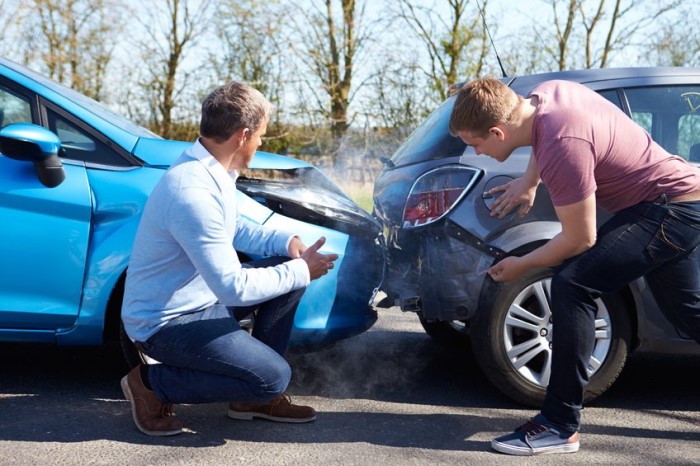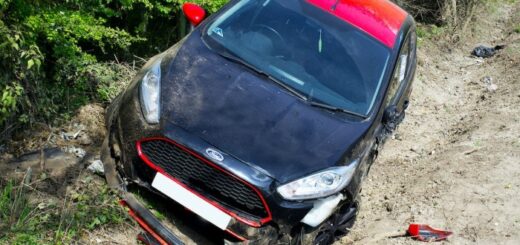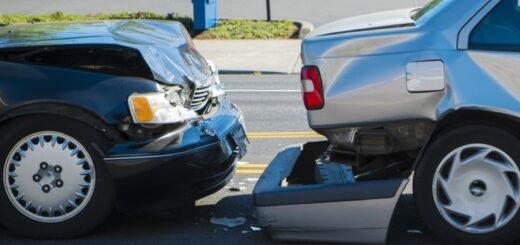How Is Fault Decided In A Crash?

By Steven M. Gursten, attorney and President of Michigan Auto Law
Introduction
The police and courts have many resources available to them when they decide how fault is determined in a car accident. The results of their determination will affect who is charged with a criminal or traffic offense and the likelihood of the person injured in a car accident suing the at- fault driver for pain and suffering compensation, medical bills and lost wages.
Ultimately, however, the question of whether a driver was actually at fault is a legal one that a judge will decide if and when a case goes to court.
Accident investigations take place
If you’re involved in a crash, the police officer who arrives on the scene will investigate the scene. They’ll determine who was responsible for causing the crash and write up a report about what happened. You, the at-fault driver and any other drivers, passengers or witnesses must be interviewed, and their statements included in the official police report. Using those statements, the police officer may even draw a diagram of the events that led to the crash.
Accident investigators look at evidence from the scene
Physical evidence from the scene of a crash can be crucial in determining who is responsible for causing the crash. The police officer who arrives at the scene will look for things like skid marks and debris, which can help reconstruct how the crash happened. If your car was hit from behind and there are no skid marks on your side of the street, that could indicate that another driver struck you from behind without braking or slowing down first.
Witnesses are interviewed
Witnesses may include the driver(s) who is responsible for causing the crash, the people injured, occupants of vehicles involved in the crash, and people who were not involved in the accident, but who saw it occur – such as pedestrians, bicyclists and motorcyclists.
The police will ask the witnesses questions about what they saw and heard. The witnesses may also be asked by the police to draw pictures of what they saw, since this helps explain and clarify their statements concerning the accident.
Statements about driving behavior are written down
During the investigation, the police will document witness statements about the driving behavior of the drivers involved in the crash.
Photos and video footage are taken of the accident scene and vehicles involved in the crash
Photos and video will likely be taken by the police to document how the vehicles involved in the crash are positioned; the location of traffic signals and signs; the location and extent of damage to the vehicles involved; and any evidence such as beer cans or liquor bottles that may indicate a driver had been operating under the influence of alcohol.
Police may use experts to reconstruct how the crash happened
In some cases, an accident reconstruction expert is called in to re-create what happened at the scene or what other drivers were doing before or after the accident occurred. An accident reconstruction expert can also be used to determine who caused the crash by evaluating different vehicles’ speeds and positions before impact and determining whether a driver was following too closely or speeding.
In court, experts often give testimony about their findings and conclusions based on those findings.
Accident reconstruction experts may also testify in court as part of a lawsuit where a person who has been injured is seeking compensation and monetary damages from the driver whom the police ticketed for causing the crash.
Conclusion
To decide who’s responsible for causing a crash, the police – and thus the courts – will take into the following evidence: (1) witness statements; (2) photos and video of the crash and/or the crash scene; (3) diagrams; (4) driver behavior; and (5) the opinions of accident reconstruction experts.












